Code
HCS14697
Weight
200 gm / 0.44 lbs
Size
Height
26cm (10") Width
18cm (7") Depth
13cm (5") Material
Copper
Availability
Available
Date Added
2017-12-09 16:00:45
Note : We used to sell this product 8 years ago so it may no longer be in our stock.
It is possible that we still have it with our suppliers but the price could be different from before.
Feel free to order. We will verify availability and inform you promptly.
It is possible that we still have it with our suppliers but the price could be different from before.
Feel free to order. We will verify availability and inform you promptly.

Safe Payment
We accept Paypal, Money Transfer, Bank Transfer
Confidence
Protection covers your purchase and personal data.
Worldwide Delivery
We ship Worldwide, except Russia.Shipping cost US$25.2 for upto 0.5 kgs

Hotline
Talk to help line for your question on 9841267335Gold Painted Face
The face of Statue Of Hayagriva - Heruka [partly Gold Plated], [painted Face] is painted with gold to enhance its significant features, particularly the eyes, and lips. This detailed painting is essential as it brings forth the crucial attributes of the expression of eyes and lips that metal carving alone cannot capture.
Moreover, the painted face serves as a symbolic and sacred ritual in Buddhism, preparing the statue for consecration and practice. The act of painting the face with gold in Buddhism holds deep meaning. It represents the intention to bring life and expression to the statue, imbuing it with a sense of vitality and presence. The application of gold on the face showcases the devotion and craftsmanship of the artisans, ensuring that every detail is carefully attended to honor the sacred essence of the Statue Of Hayagriva - Heruka [partly Gold Plated], [painted Face]. Read More . . .
The face of Statue Of Hayagriva - Heruka [partly Gold Plated], [painted Face] is painted with gold to enhance its significant features, particularly the eyes, and lips. This detailed painting is essential as it brings forth the crucial attributes of the expression of eyes and lips that metal carving alone cannot capture.
Moreover, the painted face serves as a symbolic and sacred ritual in Buddhism, preparing the statue for consecration and practice. The act of painting the face with gold in Buddhism holds deep meaning. It represents the intention to bring life and expression to the statue, imbuing it with a sense of vitality and presence. The application of gold on the face showcases the devotion and craftsmanship of the artisans, ensuring that every detail is carefully attended to honor the sacred essence of the Statue Of Hayagriva - Heruka [partly Gold Plated], [painted Face]. Read More . . .
Partly Gold plating.
This Statue Of Hayagriva - Heruka [partly Gold Plated], [painted Face] has a Partly gold-plated finish. Partly fire gold gilding, a common practice in Nepali handicrafts. This technique is skillfully employed by artisans to create intricate designs on various metal objects, including statues, jewelry, and decorative items. Through a process, a mask or resist is applied to safeguard specific areas from the gold plating. The object is then subjected to high temperatures, allowing the gold to beautifully adhere to exposed surfaces using a combination of heat and pressure.
In the realm of Buddhist statues, this technique holds additional significance as it distinguishes the golden-plated body from the oxidized or maroon-painted clothing. This visual separation conveys the contrast between the divine purity of the body and the modest attire symbolizing the humble lifestyle of Buddhist monks. The partly fire gold gilding not only adds exquisite detail and elegance but also embodies the deep cultural and spiritual meaning associated with these treasured artifacts. Read More . . .
This Statue Of Hayagriva - Heruka [partly Gold Plated], [painted Face] has a Partly gold-plated finish. Partly fire gold gilding, a common practice in Nepali handicrafts. This technique is skillfully employed by artisans to create intricate designs on various metal objects, including statues, jewelry, and decorative items. Through a process, a mask or resist is applied to safeguard specific areas from the gold plating. The object is then subjected to high temperatures, allowing the gold to beautifully adhere to exposed surfaces using a combination of heat and pressure.
In the realm of Buddhist statues, this technique holds additional significance as it distinguishes the golden-plated body from the oxidized or maroon-painted clothing. This visual separation conveys the contrast between the divine purity of the body and the modest attire symbolizing the humble lifestyle of Buddhist monks. The partly fire gold gilding not only adds exquisite detail and elegance but also embodies the deep cultural and spiritual meaning associated with these treasured artifacts. Read More . . .
Lost-Wax System
This Hayagriva of Statue Of Hayagriva - Heruka [partly Gold Plated], [painted Face] is made by the process of the Lost Wax system. This is a very complicated, time consuming and historic process of making metal sculptures.Which is why it is sometimes called Precision Casting as well. Hence the sculptures made by this process are comparatively expensive. There are many new, advanced and less time consuming methods of casting metal sculptures available as well. But due to the benefits provided by the traditional lost wax system in quality control and customization, we prefer the Loss wax system over Ceramic molding, or sand casting to make our Hayagriva.
Below we have tried to illustrate the process of making a loss wax system statue: Read More . . .
This Hayagriva of Statue Of Hayagriva - Heruka [partly Gold Plated], [painted Face] is made by the process of the Lost Wax system. This is a very complicated, time consuming and historic process of making metal sculptures.Which is why it is sometimes called Precision Casting as well. Hence the sculptures made by this process are comparatively expensive. There are many new, advanced and less time consuming methods of casting metal sculptures available as well. But due to the benefits provided by the traditional lost wax system in quality control and customization, we prefer the Loss wax system over Ceramic molding, or sand casting to make our Hayagriva.
Below we have tried to illustrate the process of making a loss wax system statue: Read More . . .
About Hayagriva :
Hayagriva is a wrathful manifestation of Lord Avalokiteshvara(The god of compassion). There are108 forms of Hayagriva.[Avalokiteshvara] His special ability is to cure diseases, especially skin diseases even as serious as leprosy, which is said to be caused by the Nāgas.
In Hinduism, one tradition identifies Hayagriva as a group of demons subdued by Vishnu, according to another tradition, Hayagriva was incarnation of Vishnu.
In Tibet, Hayagriva was promoted especially by Buddhist teacher Atisha.It is said that Tibetan horse-dealers worshipped Hayagriva because he could frighten away demons by neighing like a horse. When invoked he announces his coming by neighing, the sound of which pierces false appearances and disguise.
Iconography :In Hinduism, one tradition identifies Hayagriva as a group of demons subdued by Vishnu, according to another tradition, Hayagriva was incarnation of Vishnu.
In Tibet, Hayagriva was promoted especially by Buddhist teacher Atisha.It is said that Tibetan horse-dealers worshipped Hayagriva because he could frighten away demons by neighing like a horse. When invoked he announces his coming by neighing, the sound of which pierces false appearances and disguise.
Hayagriva is one of the eight principal deities of Kagye where he is referred to as Lotus-like Speech. The instructions related to this form of Hayagriva are based on the so-called "three neighs of the horse"
Very wrathful, red in colour, with three faces, six hands and four legs, the right face is white and the left green. With three large round staring eyes and a cavernous mouth with sharp canine teeth and dark hair flowing upward. On top of the head are three small green horse heads. The right hands hold a vajra, trident and sword, and the left upper hand is outstretched in the mudra (sacred gesture) of bestowing protection, the remaining hands hold a spear and noose. Adorned with a crown of five dry skulls, earrings, gold and jewel ornaments, snakes entwined as jewelry and a tiger skin skirt, he is completely attired in wrathful charnel ground vestments and a set of vajra wings. The consort has one face and two hands, blue-black in colour, holding a skullcup in the left hand, adorned in wrathful attire and a leopard skin skirt. Standing with eight legs, the right bent and left straight, atop two corpses above a sun disc and multi-coloured lotus, Hayagriva dwells surrounded by the flames of pristine awareness.
In Hinduism :Very wrathful, red in colour, with three faces, six hands and four legs, the right face is white and the left green. With three large round staring eyes and a cavernous mouth with sharp canine teeth and dark hair flowing upward. On top of the head are three small green horse heads. The right hands hold a vajra, trident and sword, and the left upper hand is outstretched in the mudra (sacred gesture) of bestowing protection, the remaining hands hold a spear and noose. Adorned with a crown of five dry skulls, earrings, gold and jewel ornaments, snakes entwined as jewelry and a tiger skin skirt, he is completely attired in wrathful charnel ground vestments and a set of vajra wings. The consort has one face and two hands, blue-black in colour, holding a skullcup in the left hand, adorned in wrathful attire and a leopard skin skirt. Standing with eight legs, the right bent and left straight, atop two corpses above a sun disc and multi-coloured lotus, Hayagriva dwells surrounded by the flames of pristine awareness.
Hayagriva is an incarnation of Vishnu, depicted with a human body and a horse's head, brilliant white in color, with white garments, seated on a white lotus.
Hayagriva is a very important deity in the Vaishnava tradition. His blessings are sought when beginning study of both sacred and secular subjects. Special worship is conducted on the day of the full moon in August (Sravana-Paurnami) (his avatara-dina) and on Mahanavami, the ninth day of the Navaratri festival. He is also hailed as "Hayasirsa".
One of the legends states that during the creation, the demons Madhu and Kaithaba stole the Vedas from the creator Brahma, and to save them Vishnu took the form of Hayagreeva. This story represents the triumph of pure knowledge, guided by the divine over demonic forces of darkness.
Hayagriva is a very important deity in the Vaishnava tradition. His blessings are sought when beginning study of both sacred and secular subjects. Special worship is conducted on the day of the full moon in August (Sravana-Paurnami) (his avatara-dina) and on Mahanavami, the ninth day of the Navaratri festival. He is also hailed as "Hayasirsa".
One of the legends states that during the creation, the demons Madhu and Kaithaba stole the Vedas from the creator Brahma, and to save them Vishnu took the form of Hayagreeva. This story represents the triumph of pure knowledge, guided by the divine over demonic forces of darkness.
Mantra of Haygriva
TADYATHA NAKSHEDE SAPHA DITTHI MUTENA SHATRANI MESA MITA DAHNI BAHPHENTU SVAHA


![Statue Of Hayagriva - Heruka [partly Gold Plated], [painted Face]](https://handicraftseller.com/uploads/pics/product/thumb/2017/12/14697.jpg)
![Statue Of Hayagriva - Heruka [partly Gold Plated], [painted Face]](https://handicraftseller.com/uploads/pics/product/thumb/2017/12/14697_0.jpg)
![Statue Of Hayagriva - Heruka [partly Gold Plated], [painted Face]](https://handicraftseller.com/uploads/pics/product/thumb/2017/12/14697_1.jpg)
![Statue Of Hayagriva - Heruka [partly Gold Plated], [painted Face]](https://handicraftseller.com/uploads/pics/product/thumb/2017/12/14697_2.jpg)


























































 of Secret Accomplishment Hayagriva,
of Secret Accomplishment Hayagriva,  of Secret Accomplishment Hayagriva,
of Secret Accomplishment Hayagriva, 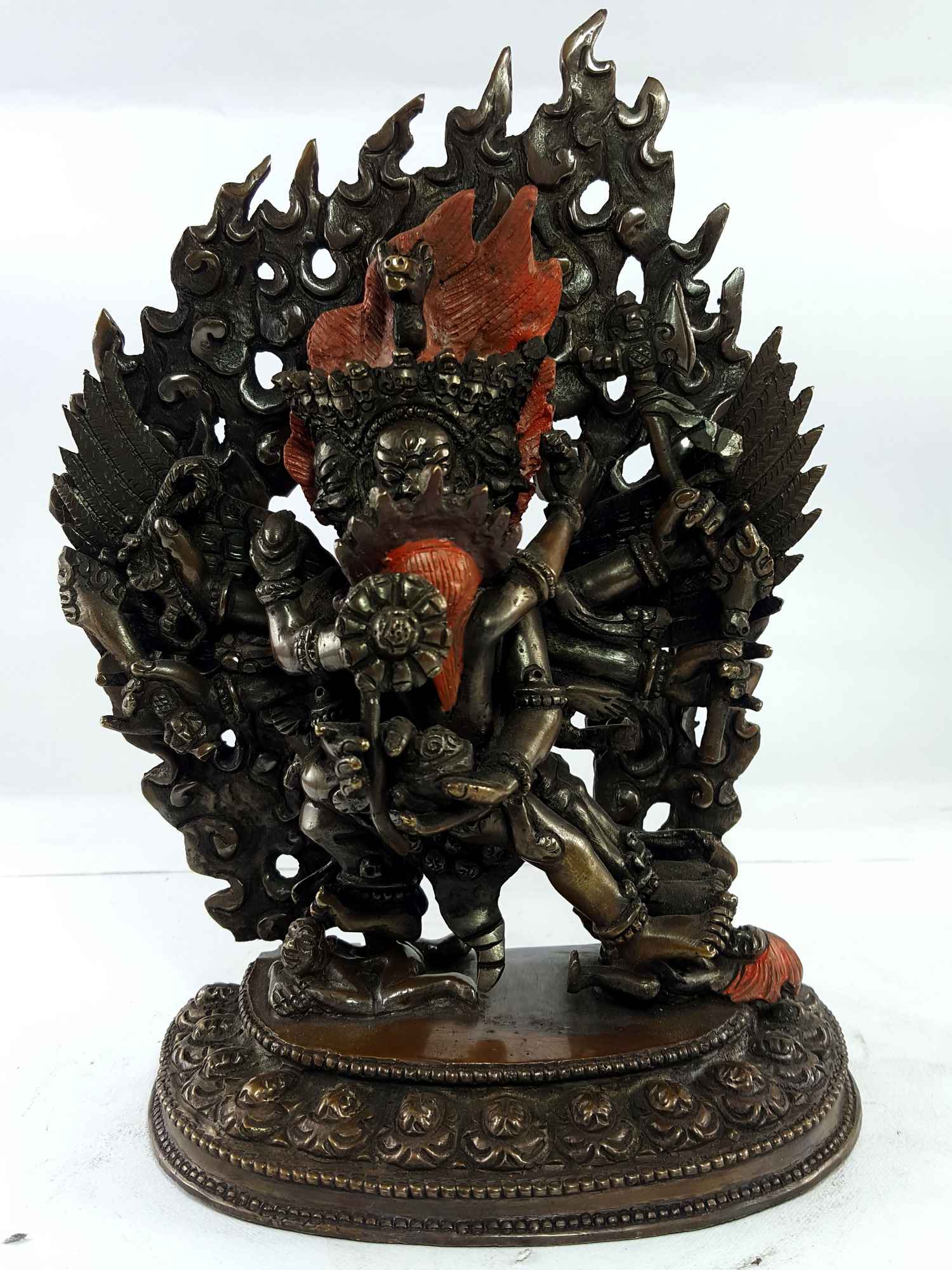 of Hayagriva - Heruka Copper Oxidized" title="Statue
of Hayagriva - Heruka Copper Oxidized" title="Statue  of Hayagriva - Heruka Copper Oxidized" title="Statue
of Hayagriva - Heruka Copper Oxidized" title="Statue 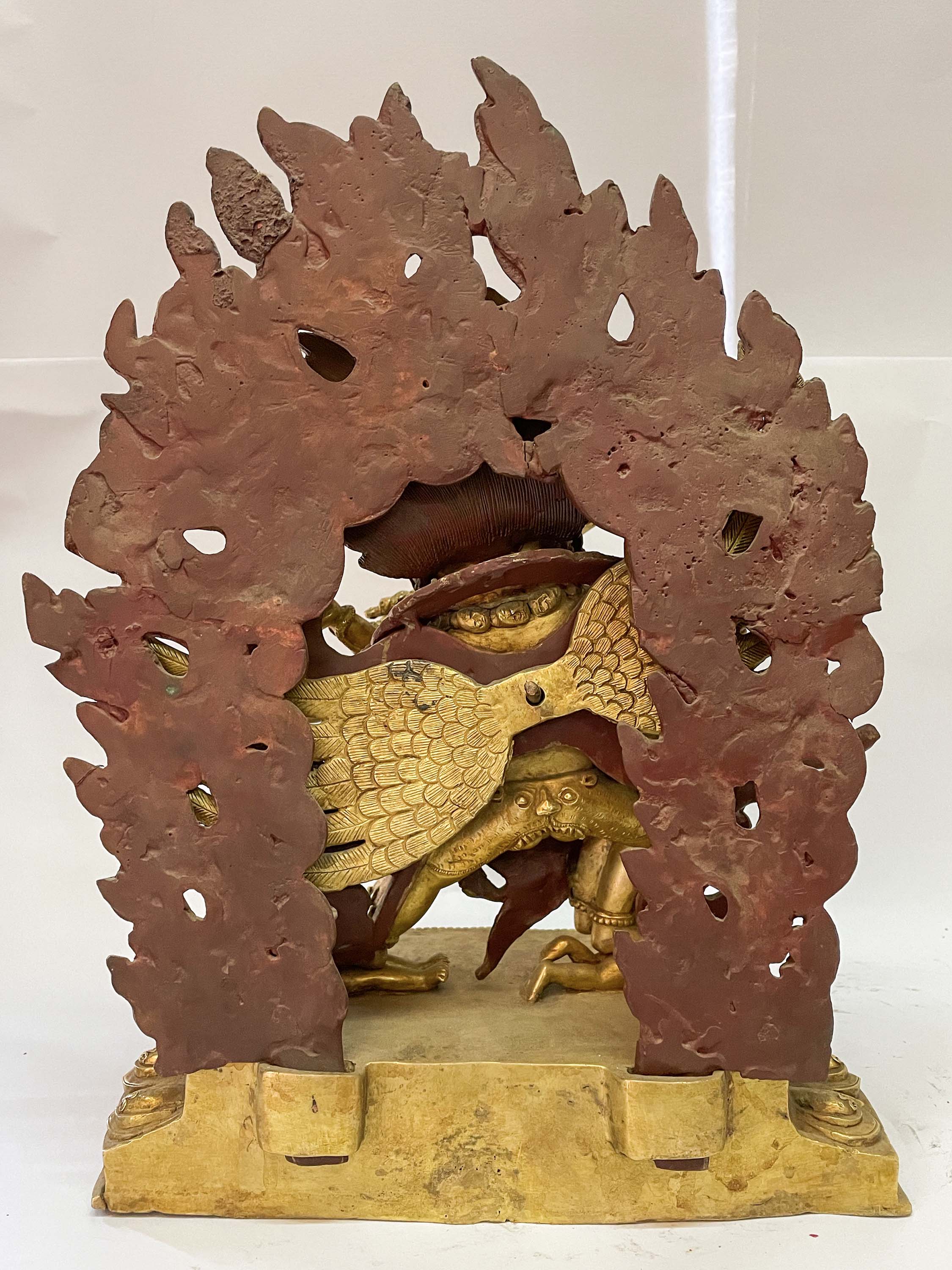 of Hayagriva - Heruka
of Hayagriva - Heruka 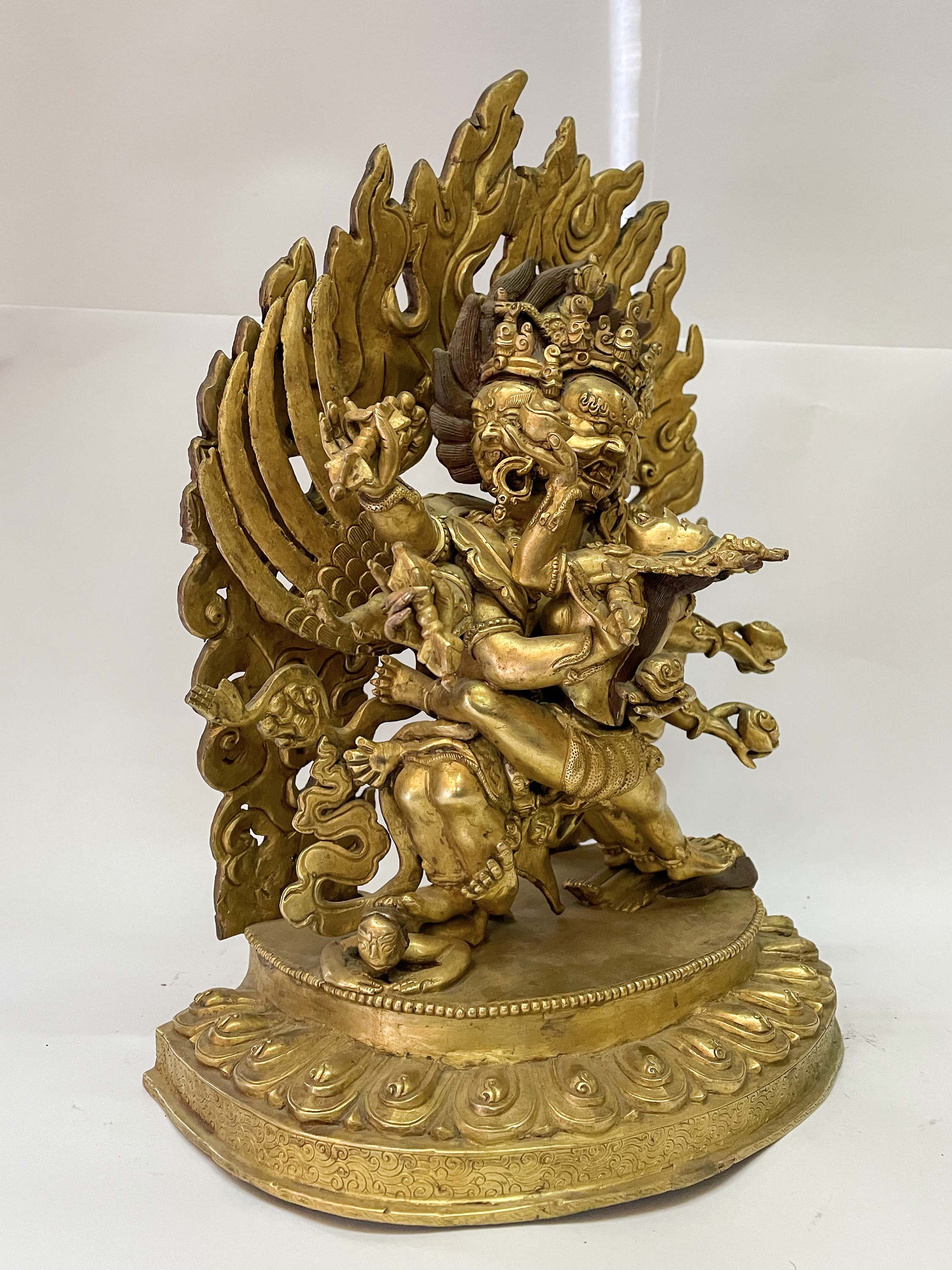 of Hayagriva - Heruka
of Hayagriva - Heruka  of Hayagriva - Heruka Copper Oxidized" title="Statue
of Hayagriva - Heruka Copper Oxidized" title="Statue  of Hayagriva - Heruka Copper Oxidized" title="Statue
of Hayagriva - Heruka Copper Oxidized" title="Statue 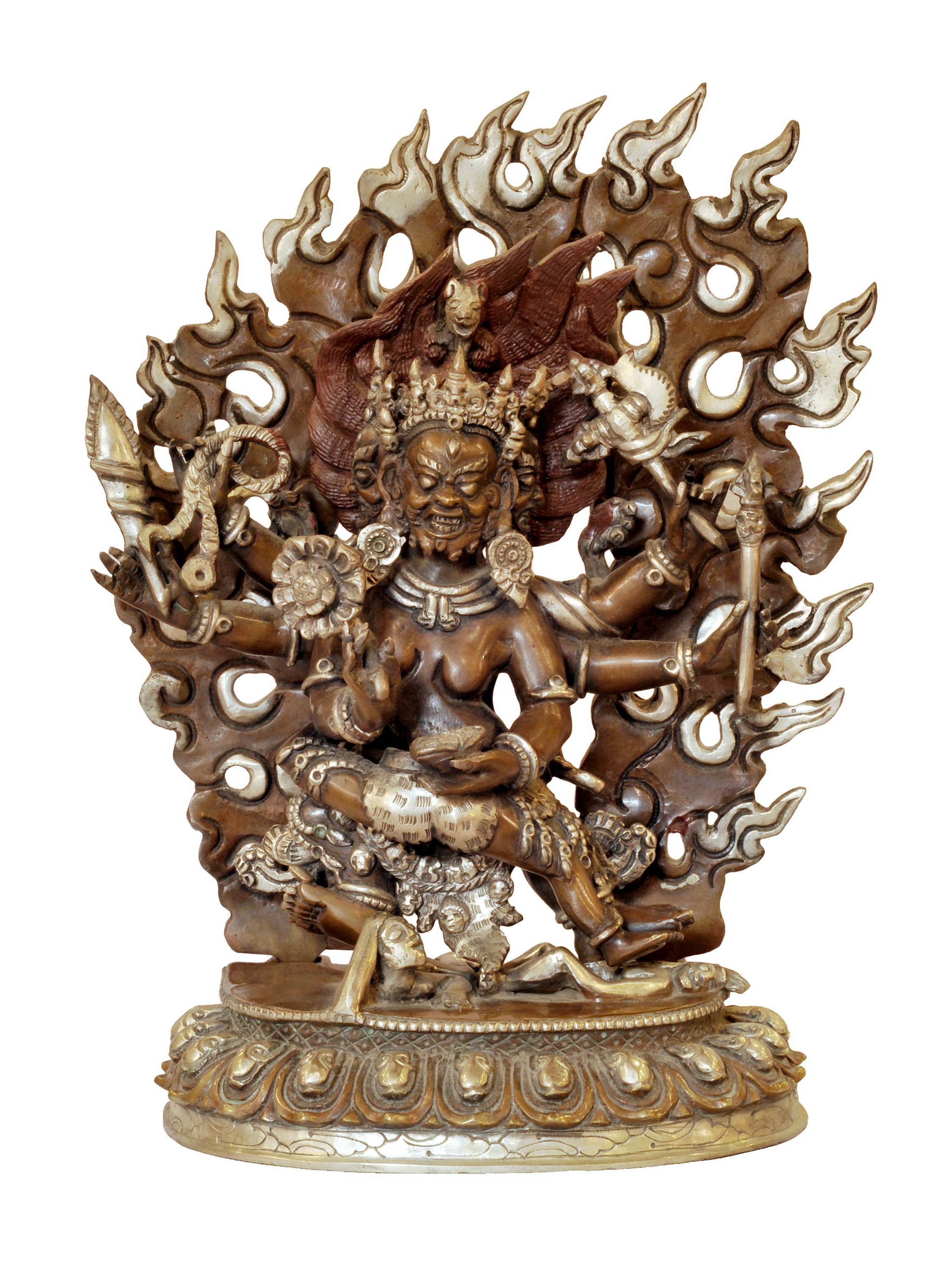 of Secret Accomplishment Hayagriva,
of Secret Accomplishment Hayagriva, 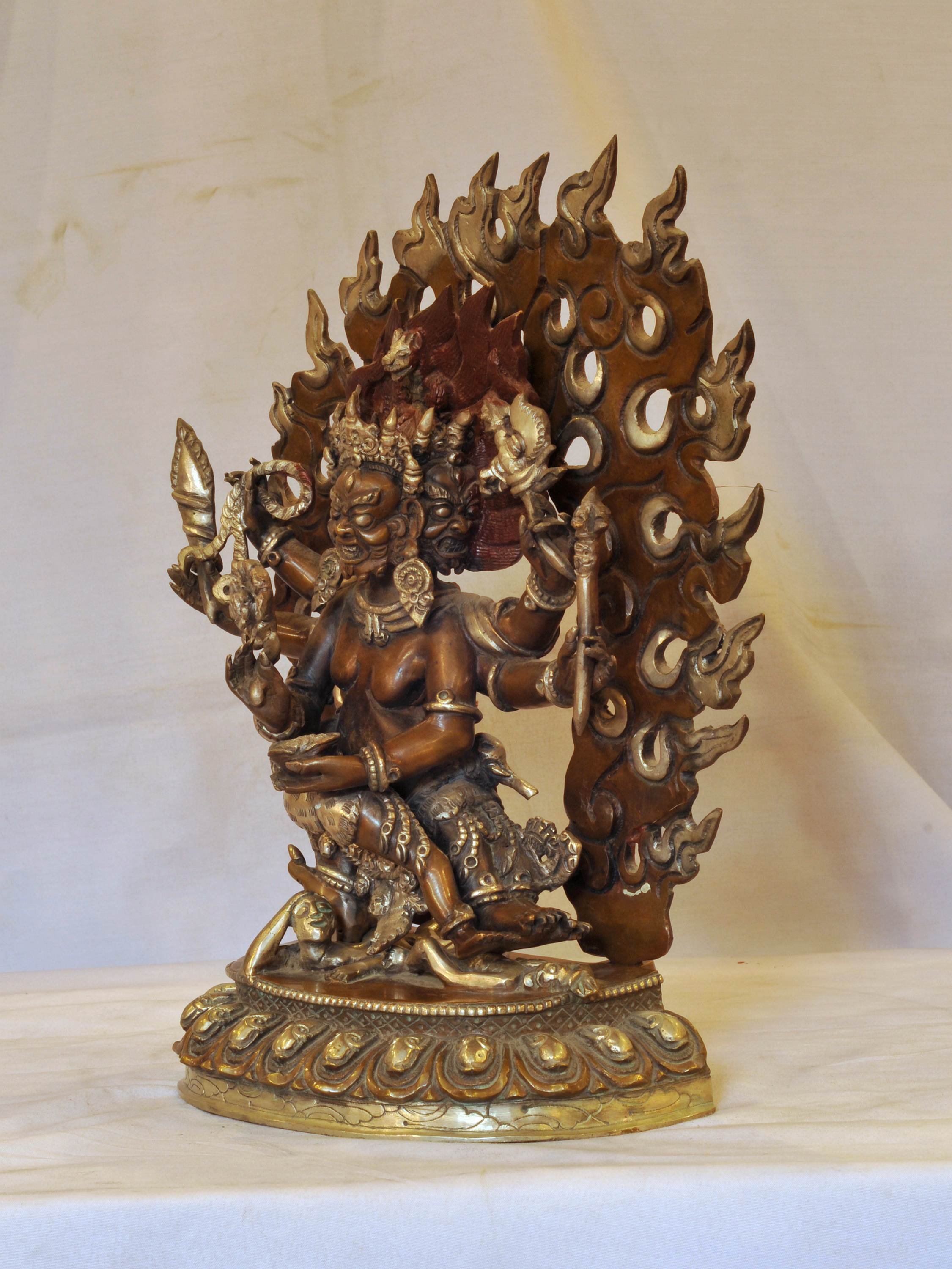 of Secret Accomplishment Hayagriva,
of Secret Accomplishment Hayagriva,  Hevajra, Buddhist Handmade Statue,
Hevajra, Buddhist Handmade Statue, 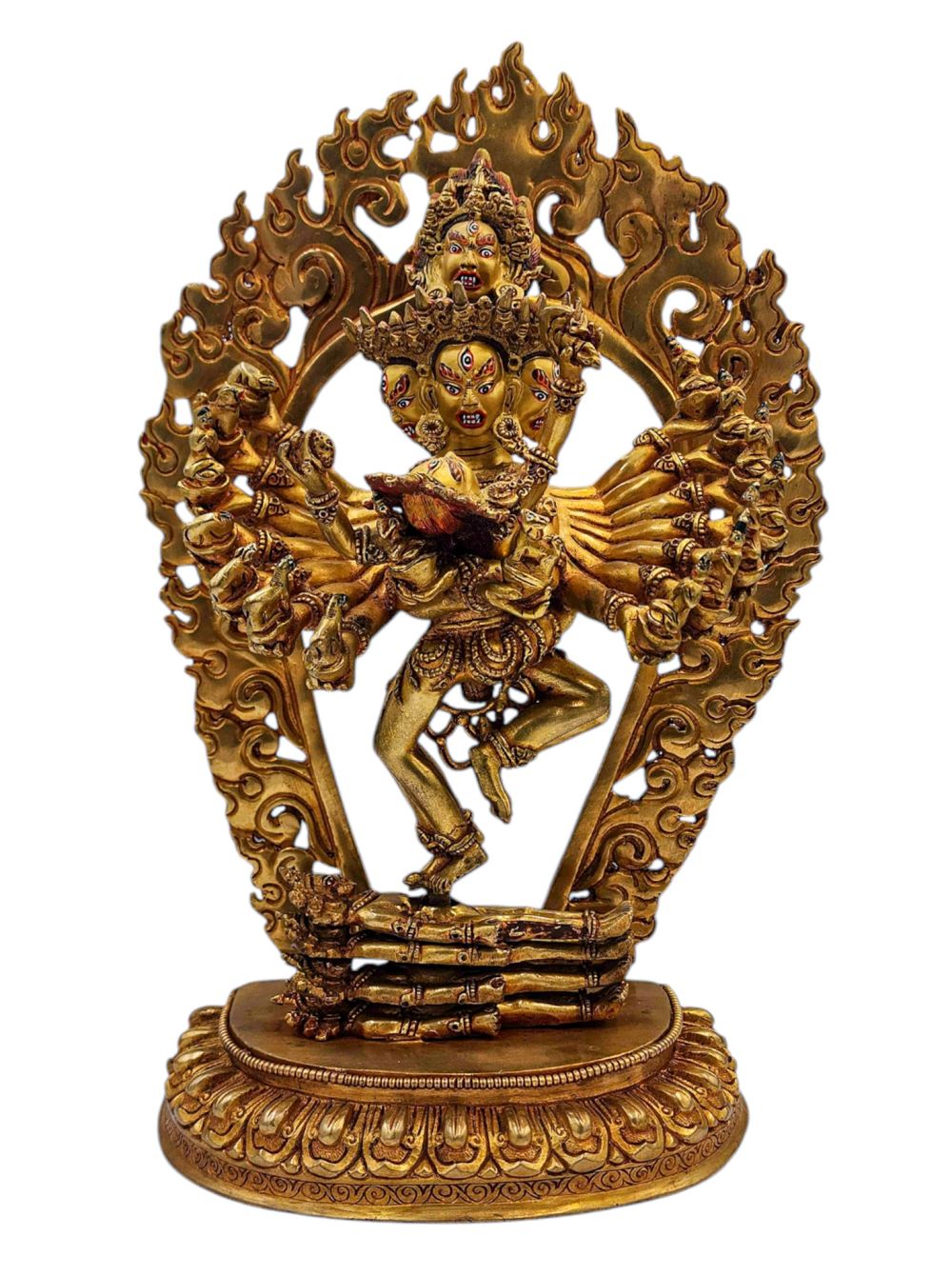 Hevajra, Buddhist Handmade Statue,
Hevajra, Buddhist Handmade Statue, 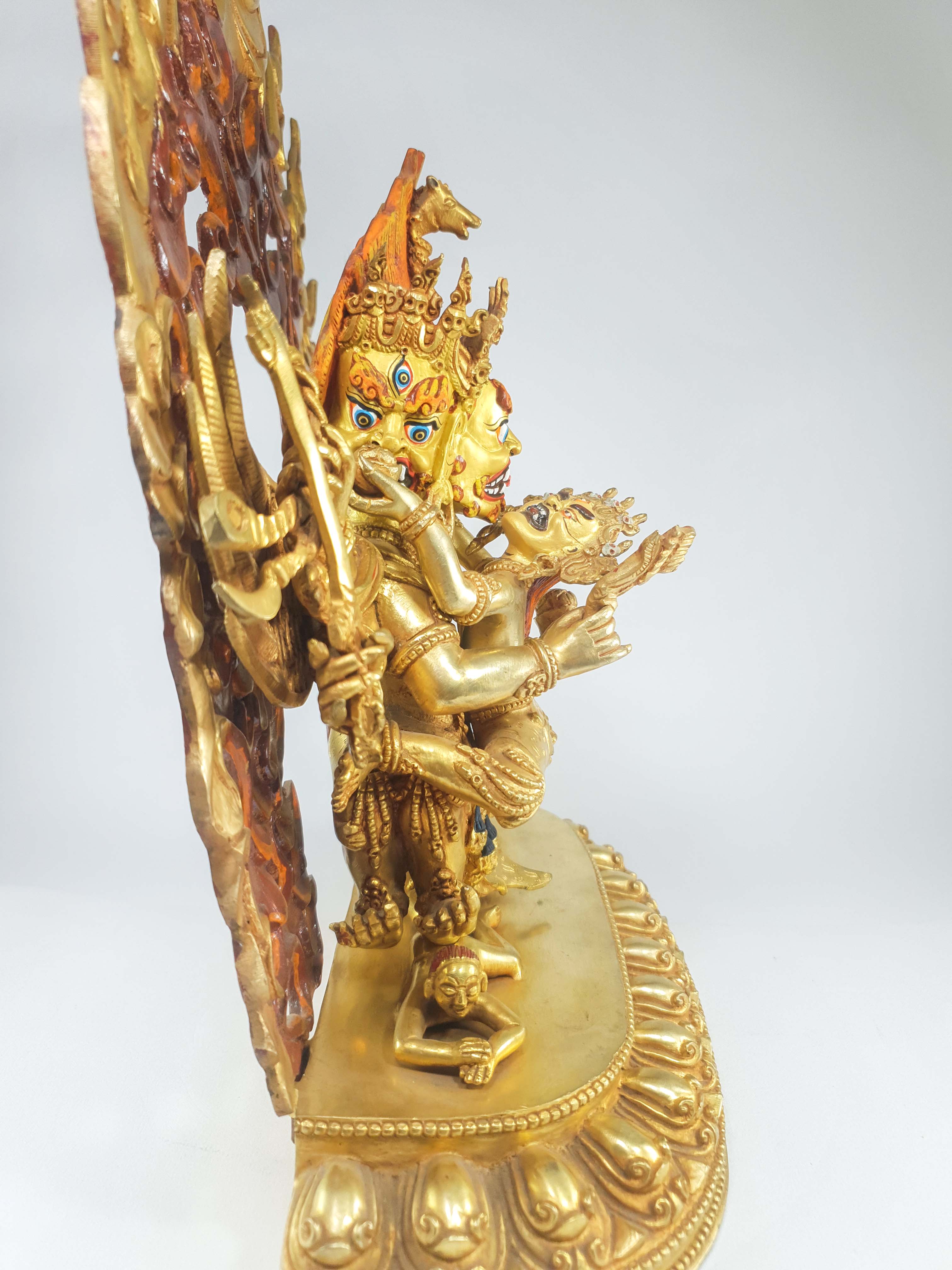 of Hayagriva - Heruka,
of Hayagriva - Heruka,  of Hayagriva - Heruka,
of Hayagriva - Heruka, 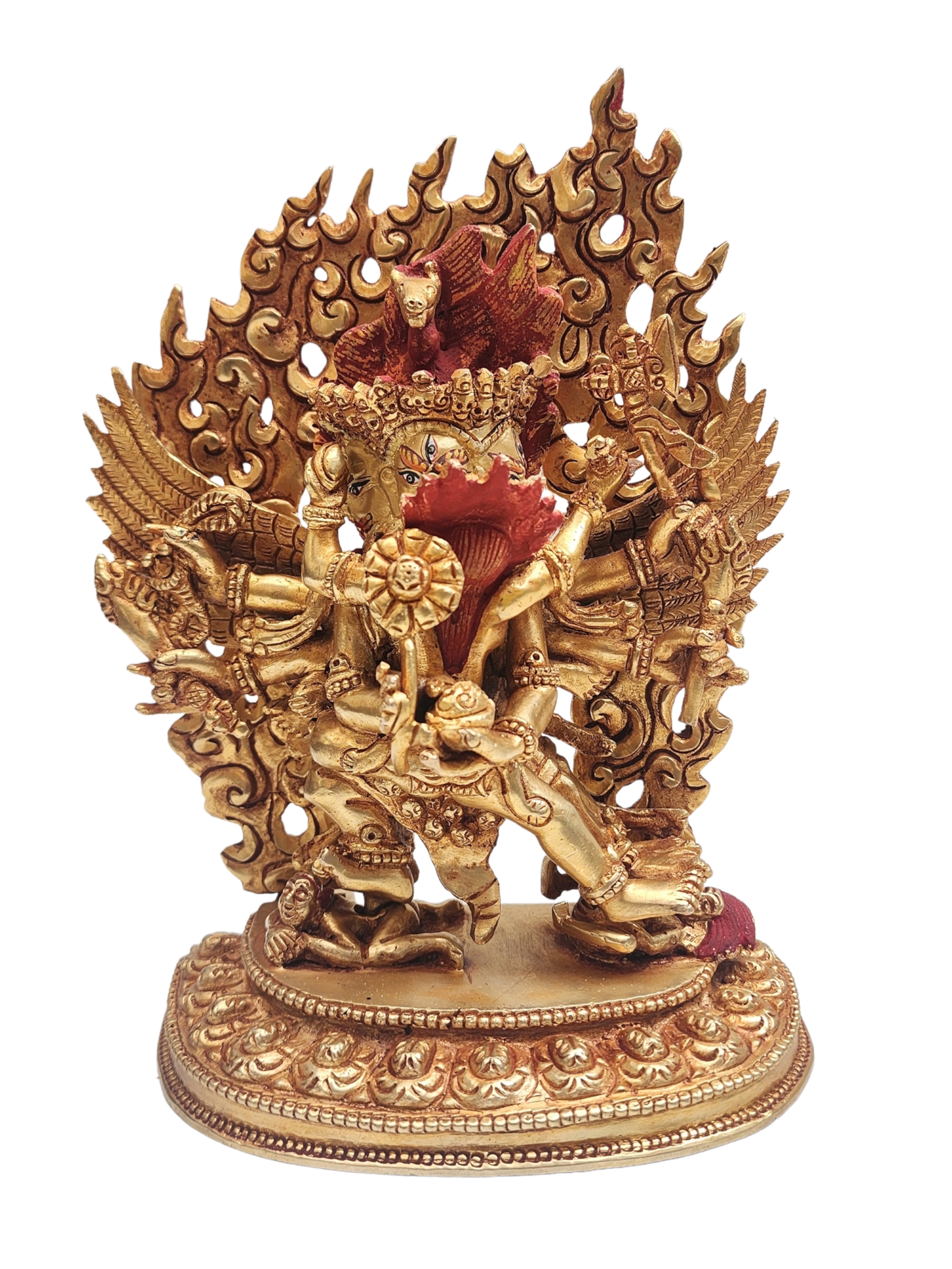 of
of  of
of 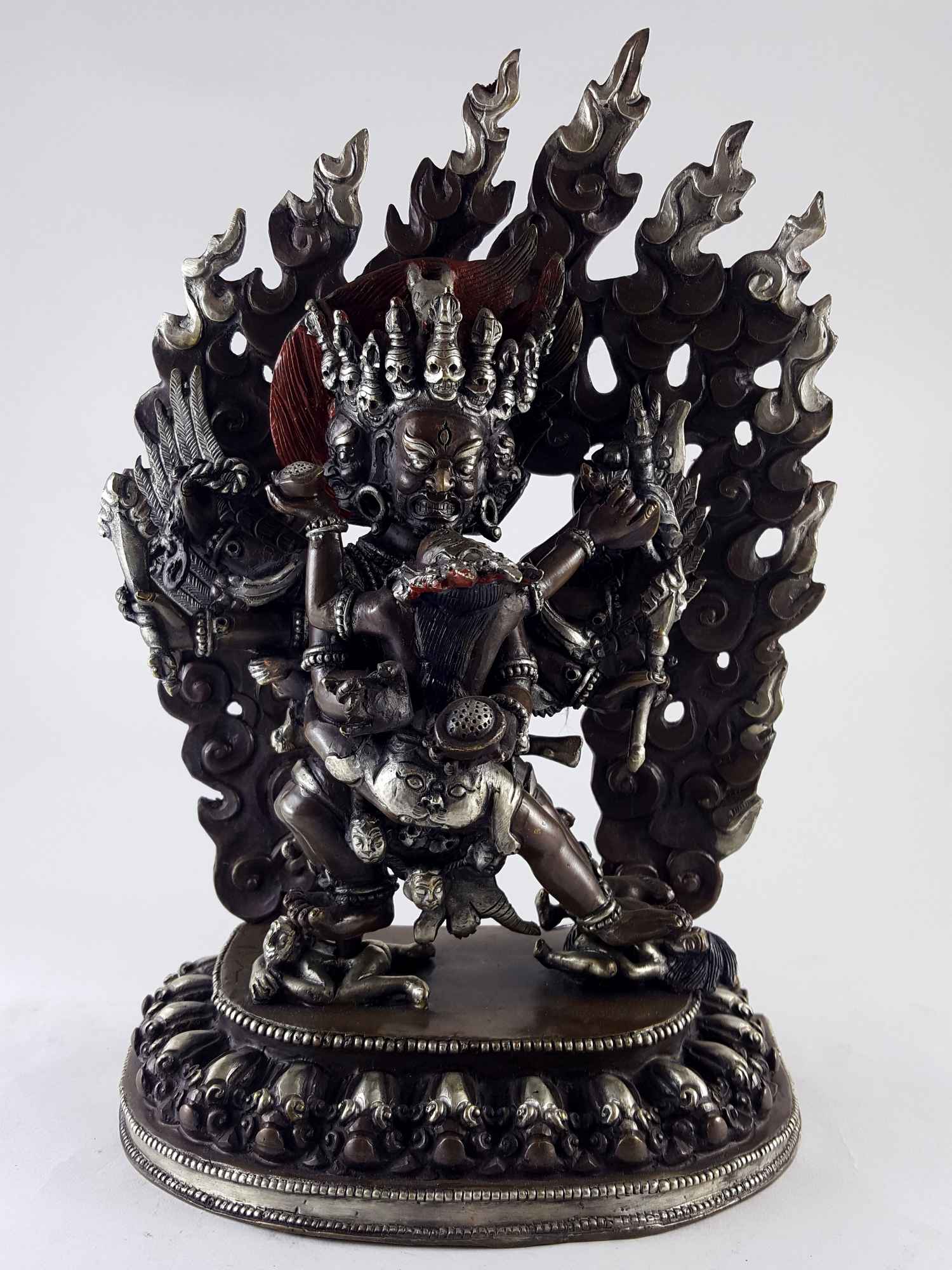

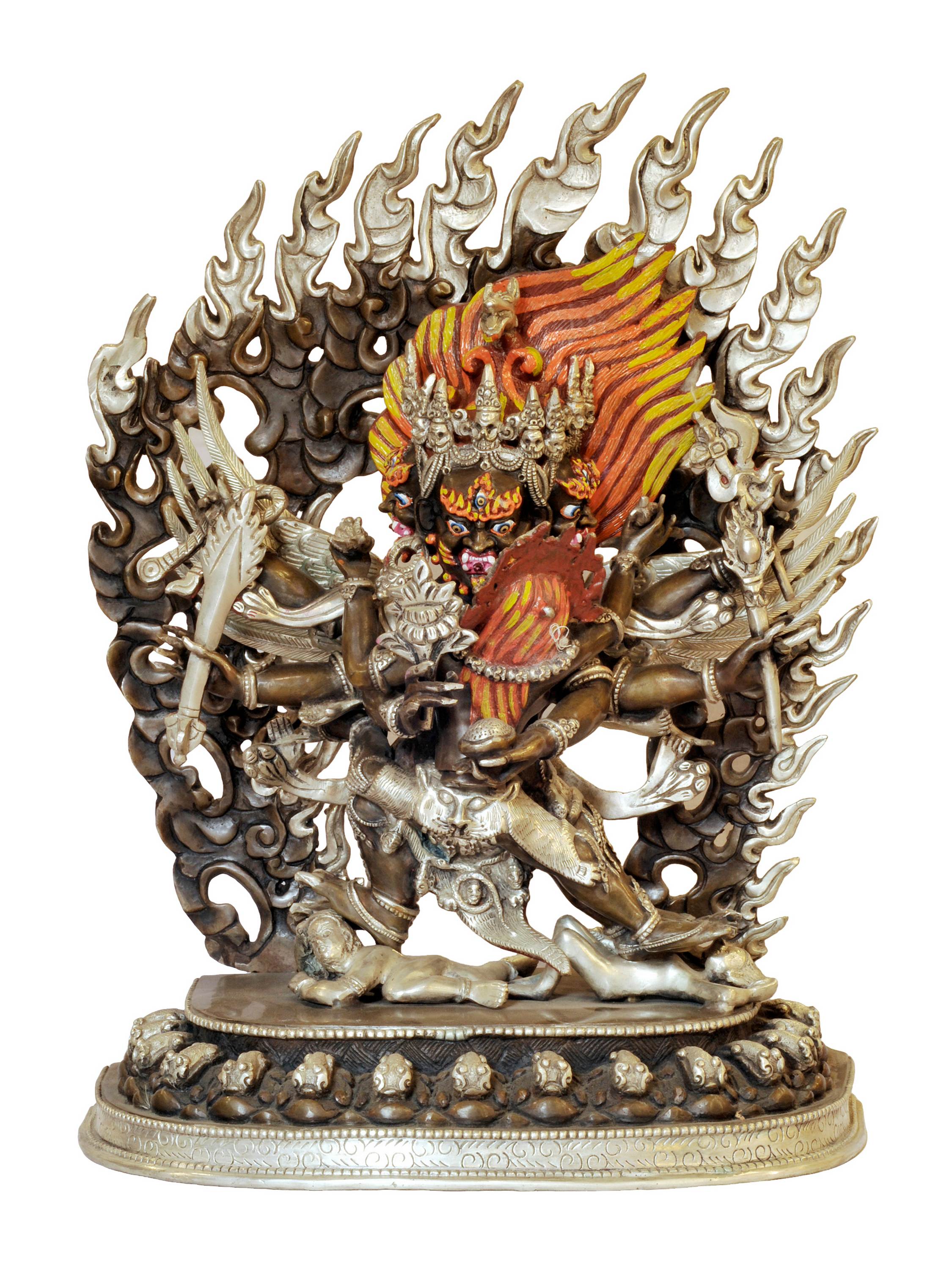 of Hegriva,
of Hegriva, 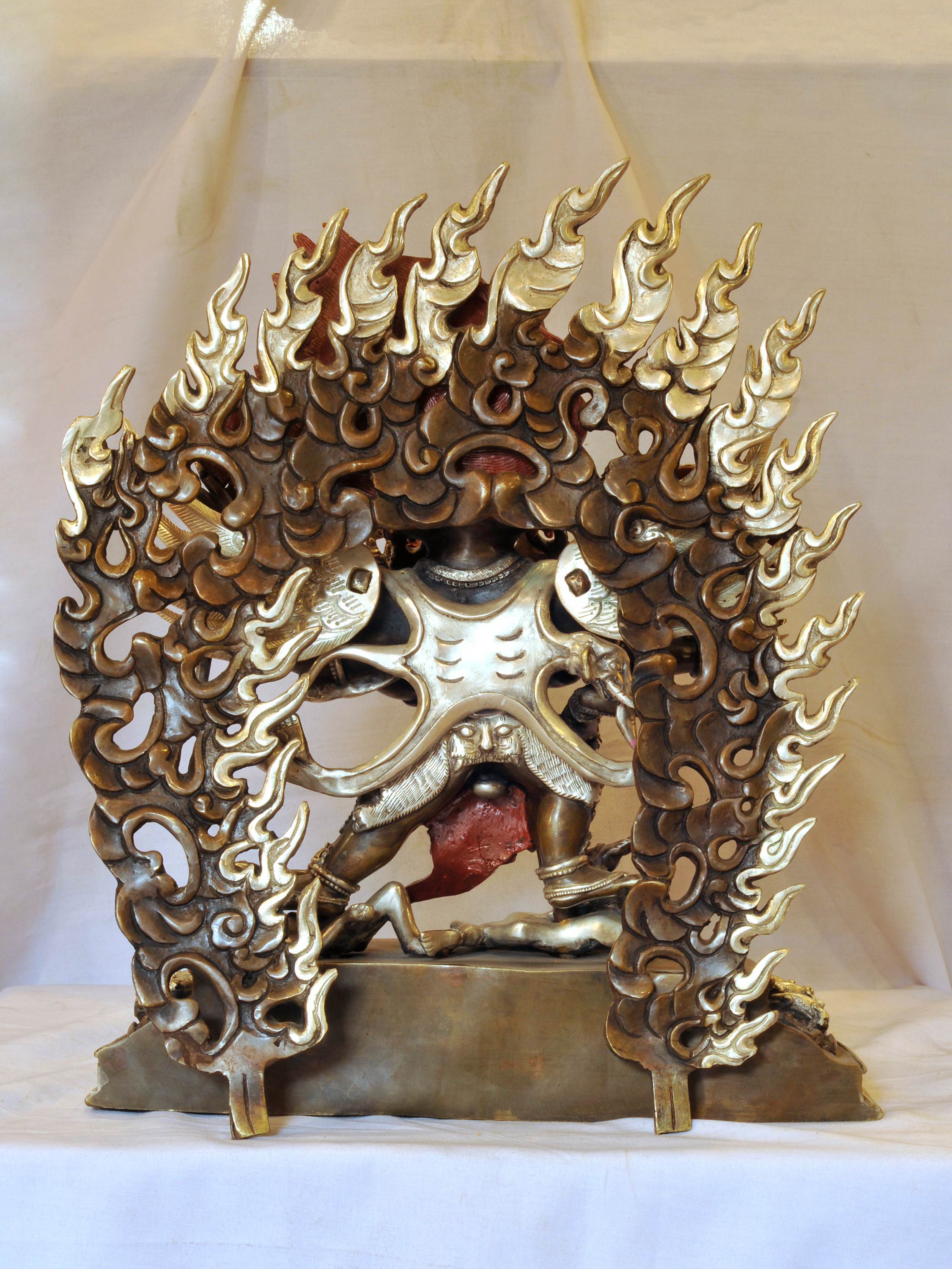 of Hegriva,
of Hegriva,